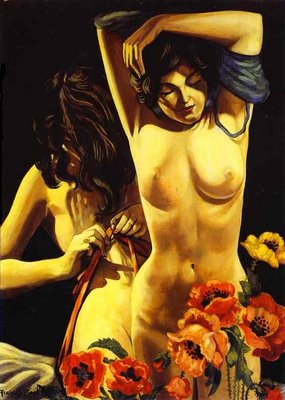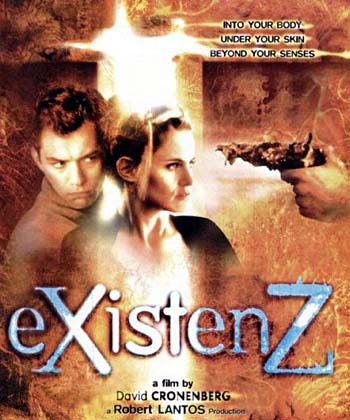
From Paddy Johnson's notes on the Net Aesthetics 2.0 panel:
Originality and production. Oliver Laric is quoted by Petra Cortright, who represents the younger generation, “I’ve kind of come to the point right now where I don’t see any necessity in producing images myself — everything that I would need exists, it’s just about finding it”
That's fine, it combines Warhol with the Douglas Huebler "world-is-full-of-objects-I-do-not-wish-to-add-any-more" conceptualist message.
More interesting is to make art yourself and then look at it as if it were an appropriation. In other words, granted, there is no reason to make art anymore (due to the sheer glut, or due to the bankruptcy of the ideas underlying it). So you view yourself as a symptom and subject your own tastes and choices to the rigorous inquiry you would give other subjects in the world.
This is the Picabia view as opposed to the Duchamp view. Picabia was a Dadaist and his textbook work is "anti-art." But then after he made that point in the 1910s he kept working for several more decades, producing portraits, nudes, and abstractions. Up until the '80s or so all this late work was considered unimportant and neo-conservative. Benjamin Buchloh certainly thought so, including FP in the essay "Figures of Authority, Ciphers of Regression."
Then artists such as Salle and Schnabel gave FP a fresh look and some revisionist scholarship happened and now the late work looks a lot smarter to us.
But if you are going that route (or in music following Poulenc and his "surrealist" appropriation of orchestral banality) heaven help you because you will be misunderstood. You could paint something channeling your "inner high school student" and people will not see the conceptual frame you put around it. They do not have time to parse the bad from the good-bad in your work. (It's especially problematic if, say, every third thing you do is actually, unequivocally bad.) Nevertheless it's a more interesting, psychologically risky place than the lofty position where you are just choosing.


